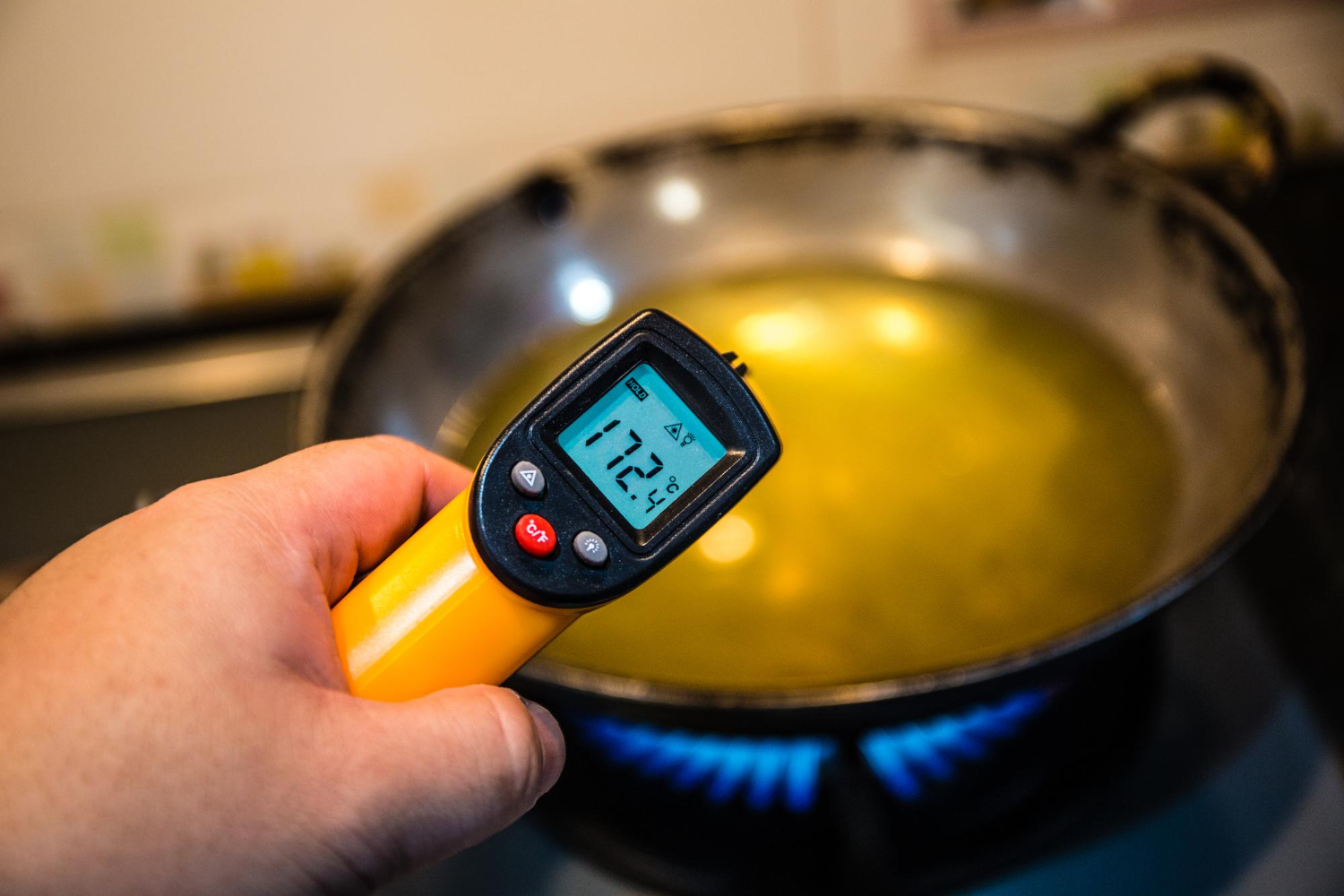Maintaining the right temperature for food is crucial in the fast food industry. Proper temperature control ensures food stays safe to eat and retains its quality. When food is stored or cooked at the wrong temperature, harmful bacteria can grow, leading to foodborne illnesses that can make customers sick. This can damage a restaurant’s reputation and result in costly fines or health code violations.
Fast food chains face unique challenges due to the high volume of food handled and the speed at which it must be prepared. Automating temperature checks can help address these challenges. By using advanced technology, fast food businesses can ensure that food stays within safe temperature ranges without constant manual checks. This saves time and significantly reduces the risk of human error.
The Importance of Temperature Control in Fast Food Operations
Maintaining the right temperature is essential for food safety and quality in fast food operations. Keeping food at the right temperature prevents the growth of harmful bacteria that can cause foodborne illnesses.
For instance, hot foods must stay above 140°F, while cold foods should be kept below 40°F. If food is left out of these temperature ranges for too long, bacteria like Salmonella and E. coli can multiply quickly. These bacteria can make people very sick and lead to serious health issues.
Improper temperature control poses significant risks. When food is not kept at the correct temperature, it can spoil faster and lose its nutritional value. Spoiled food doesn’t just taste bad; it can cause stomach aches, vomiting, and diarrhea.
This can hurt a restaurant’s reputation and result in fines from health inspectors. Also, consistently serving food that is not safe can lead to a loss of customer trust. Customers may decide to eat elsewhere if they know a restaurant doesn’t handle food properly.
Temperature control is the backbone of food safety and quality. By ensuring food is kept at safe temperatures, fast food operations can provide tasty, safe meals that keep customers happy and healthy.
How Automated Temperature Checks Improve Food Safety
Automated temperature checks offer several benefits for improving food safety in fast food businesses. First, these systems provide consistent monitoring, ensuring that food stays within safe temperature ranges at all times. This minimizes the risk of human error, which can happen during manual checks. Automated systems often include alarms that alert staff if temperatures go outside the safe range, allowing for quick action to fix any issues.
There are many benefits to using automated systems. They reduce labor costs and free up staff to focus on other important tasks. Automated temperature checks also provide detailed records, which are useful for health inspections and audits. These records show that a business takes food safety seriously and follows best practices. This can be a valuable point during health inspections or any legal issues that might arise.
For example, an automated system can prevent a refrigerator malfunction from causing all the stored food to spoil. If the system detects a rise in temperature, it can send an alert to staff to fix the issue before the food goes bad.
This not only saves money but also keeps food safe for customers to eat. Automated temperature checks ensure that food is always stored and served at the right temperature, making fast food operations safer and more efficient.
Types of Automated Temperature Monitoring Systems
There are various types of automated temperature monitoring systems that fast food businesses can use to maintain food safety. One popular type is sensors. These small devices are placed in different areas of the kitchen, such as refrigerators, freezers, and cooking equipment. They continuously track the temperature and send real-time data to a central system. This way, you can always know if the temperature is within the safe range.
Another type of system is wireless monitors. These monitors use Wi-Fi to send temperature data to a computer or smartphone. This allows you to check temperatures from anywhere, making it convenient for managers who are not always on-site. Wireless monitors can also send alerts if there is any deviation from the set temperature range, allowing quick actions to prevent food spoilage.
Cloud-based platforms are another advanced option. These platforms store temperature data in the cloud, making it easy to access historical records for audits or inspections. They often come with dashboard views that give a clear picture of the temperature status across multiple locations. Using cloud-based systems helps in comparing performance and ensuring all sites adhere to safety standards.
Implementing Automated Temperature Solutions in Your Fast Food Business
Implementing automated temperature solutions in your fast food business can seem complex, but it’s straightforward with a step-by-step guide. First, identify the areas in your kitchen where temperature control is critical, such as storage units and cooking stations. Then, select the appropriate automated system that fits your needs, whether it’s sensors, wireless monitors, or cloud-based platforms.
Next, install the equipment according to the manufacturer’s instructions. Make sure all devices are correctly placed and connected to the central monitoring system. Once installed, set the temperature ranges for each device to match safe food storage and cooking standards.
Training your staff is crucial for effective implementation. Teach employees how to read the monitor systems and respond to alerts. Regular training sessions can help keep everyone updated on best practices and any new technology updates.
Lastly, maintain the equipment regularly to ensure it functions correctly. Check the sensors and monitors periodically, and schedule any necessary software updates. Proper maintenance will keep the system running smoothly and ensure consistent food safety.
The Role of Automation in Ensuring Safe Food Temperatures
Automating temperature checks in your fast food business is a smart way to ensure food safety and quality. It helps prevent foodborne illnesses and keeps customers happy. By using automated systems, you can reduce human error, save time, and improve efficiency. With the right technology and training, maintaining safe temperatures becomes a seamless part of your daily operations.
Investing in these systems not only protects your customers but also boosts your business’s reputation. It shows that your fast food operation values safety and quality, which can set you apart from competitors. Plus, it saves money in the long run by reducing food waste and spoilage.
Take the first step towards better food safety. Contact Qualified Controls today to learn how our automated temperature monitoring solutions can benefit your fast food business. Let us help you ensure that every meal served is safe and delicious!


